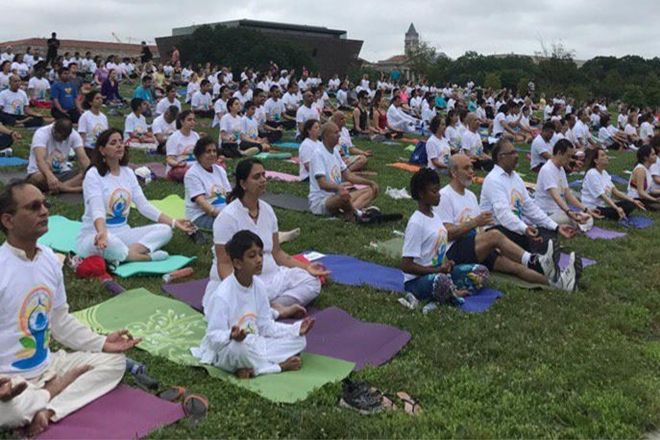“” Mr Nygard, 77, and his companies have been accused in a civil claim brought by 10 women of operating a “sex-trafficking ring” to transport young victims to his mansion in the Bahamas where they endured depraved abuse.
Andrew, 59, visited the mansion with his former wife, Sarah, Duchess of York, in the northern summer of 2000 shortly after Mr Nygard had settled cases of sexual harassment against three women out of court in Canada.””
Prince Andrew, the Duke of York, faces renewed scrutiny over his judgment after a fashion tycoon at whose Caribbean mansion he stayed was accused of luring girls as young as 14 to the property, where they were drugged and raped.
The allegations against Canadian Peter Nygard are strikingly similar to those against the late financier Jeffrey Epstein, a friend of the duke, which led to Prince Andrew stepping back from his royal duties.








